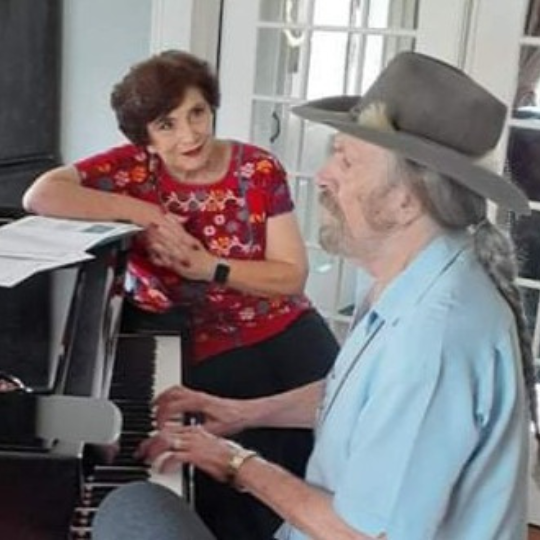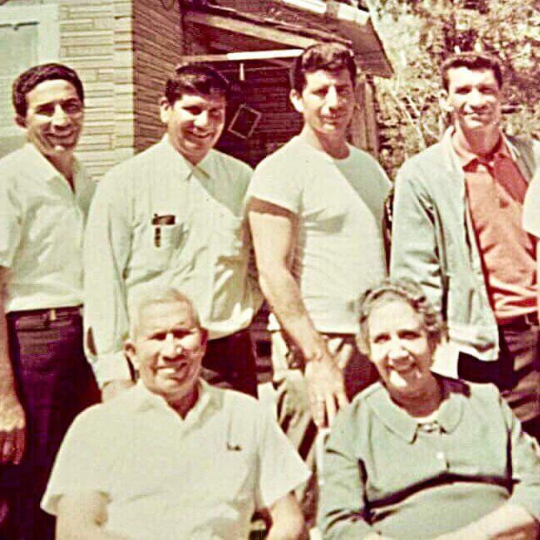

We are storytellers. In our cultura we have a long history of oral storytelling from indigenous traditions that predated the Spanish conquest to conversations at the dinner table today. This telling and retelling of stories takes many forms -explaining dichos we hear from abuela, reciting prayers that are felt deeply, singing songs and corridos that narrate historical events or recount heartbreak and love. Every story passes on traditions and values and provides a means for the survival of our day-to-day culture. When we retell our stories, we share family bonds and help construct our identity. Here are a few topics to explore and projects you can do with your family and friends. Everyone has a story.
We are storytellers. In our cultura we have a long history of oral storytelling from indigenous traditions that predated the Spanish conquest to conversations at the dinner table today. This telling and retelling of stories takes many forms -explaining dichos we hear from abuela, reciting prayers that are felt deeply, singing songs and corridos that narrate historical events or recount heartbreak and love. Every story passes on traditions and values and provides a means for the survival of our day-to-day culture. When we retell our stories, we share family bonds and help construct our identity. Here are a few topics to explore and projects you can do with your family and friends. Everyone has a story.


Somos storytellers Cultura Cards

Codex
The Aztec codices recorded history with symbols that told the story of their origins and daily life. Learn about these symbols and how to tell their own stories with symbols.

Family COokbook
Save your family's favorite recipes by making a cookbook. If you don't write the recipes, they will be forgotten when you are gone.

Corridos
The tradition of putting historical events into a song is known as a corrido or a ballad. Many daily news events are recounted in corridos and for many people it's a way to share history and current events.

Arpilleras
From Chile to Peru to Mexico women have used their brightly colored threads to make pictures that tell stories about everything from revolutions to the community harvest and even holiday celebrations.

Art quilts
Fabric scraps have been sewn together into images that tell stories and document history. This tradition continues today with story quilts that can use fabric scraps, computer images, printed t-shirts, and trims that convey messages or tell stories.

Graphic Novels COmic Books
Telling stories using illustrations in booklets were first used in countries with low literacy levels. You can find novelas, cook books, and humorous comic strips that tell stories. Today they have become popular book forms for superheroes that emerge from everyday situations to overcome challenges.































